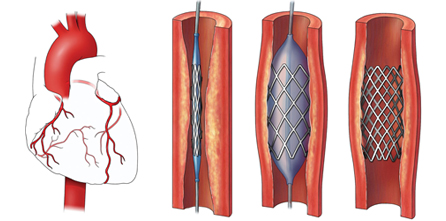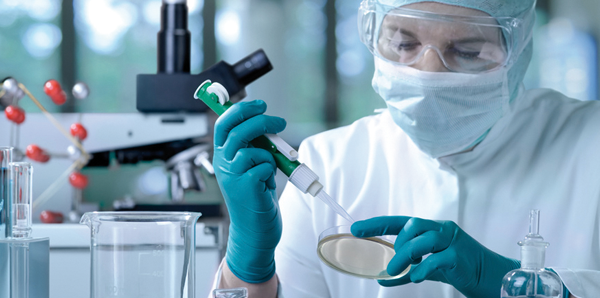
Historically known as “Rich Man’s Disease” or “The Disease of Kings”, gout has been studied since the time of Hippocrates.
GOUT is an illness caused by the formation and deposition of monosodium urate crystals in intra-articular structures, or joints. Crystal formation requires high levels of uric acid in blood plasma (hiperuricemia) and is reversible, and the crystals dissolve when the uricemia reduces to normal levels.
That is to say, gout is caused by an excess of uric acid in the body. Hyperuricemia is defined as a concentration of uric acid in the blood of over 7 mg/dl. This excess can be due to increased production of uric acid, to uric acid not being properly flushed away b the kidnesys and/or to eating excessive amounts of food rich in purines, which are metabolised by the body to uric acid.
Over time, high levels of uric acid in the blood can result in the formation of uric acid crystals as needles or rods wihich are deposited in the joints, causing attacks of gout. Wehen this occurs in tissues under the skin it causes the so-called “tophi”. Crystals can also be deposited in the urinary tract forming uric acid stones that can lead to kidney stones.
Normal levels of uricemia depends on gender and age. Children do not suffer either from hiperuricemia or gout. The possibiilty of developing gout in men stars from puberty. In women, levels increase after menpause and reach similar figures to those of men.
Although gout shows the existence of hiperuricemia, only a samll percentage of peopel with hyperruicemia eventually suffer from gout. A large majority of people with hiperuricemia eventually suffer from gout. A large majority of people wiht hyperricemia Will never suffer from gout. Only 1% of peope with levels of uric acid in the blood of betweeen 7 and 8 mg/dl present with gout. This percentage increases (4%) when uricmeia is higher at levels of between 8 and 9 mg/dl and about half (49%) have gout at levels over 9 mg/dl.
Consumption of alcohol can contribute to hiperuricemia; this is especially true of beer because of its greater guanosine content.
Both hiperuricemia and gout are closely linked to obesity, hypertension, hyperlipidaemia (increase of fats in the blood) and diabetes. The disease can occur after taking medicines that interfere with the elimination of uric acid.
Attacks of gout are episodic, alternating with prolonged asymptomatic periods, called intercritical periods. The common and charactristic manifestation isa cute and intense inflamation in a joint (arthritis). Often a single joint is affected, and in half the cases this is the metatarsophalangeal joint of the big toe. Other joints frequently affected are the tarsus, knee, wrist and hand. Thejoint hurts, is red and feels hot (signs of acute inflammation). Even rubbing it can cause pain.
Treatment for gout includes three approaches:
- Controlling the symptoms of the acute gouty arthritis
- Preventing attacks during the phase when uric acid levels are reduces
- Treating associated processes such as hyperlipidaemia, obesity, diabetes, etc.
Eating sensibly is crucial, and it is especially vital to avoid alcohol and foods rich in purines (Shell fish, red meat, animal offal, etc. ).
As with any kind of arthritis, it requires rest and local cooling. Medical treatment Will depend on many factors specific to the patient, with the family doctor being in the best position to advise on treatment with varios existing drugs, depending on the phase and how far advanced the illness is.
Medical ASSSA Service
The information published in this media neither substitutes nor complements in any way the direct supervision of a doctor, his diagnosis or the treatment that he may prescribe. It should also not be used for self-diagnosis.
The exclusive responsibility for the use of this service lies with the reader.
ASSSA advises you to always consult your doctor about any issue concerning your health.












